Including : English Speaking Guide, Transportation, Entrance fee, Lunch
-
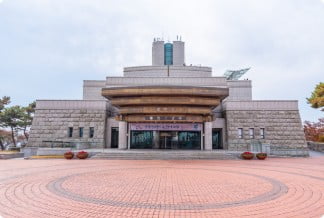 Odusan Unification Tower
Odusan Unification Tower
Odusan Unification Observatory was established to console the feelings of dispersed families and provide an educational site for the unification education through 5F to B1 in 1992. The observatory is situated in the northernmost ceasefire line of the western front where the Hangang River and Imjingang River meet. Also, it is a valuable unification security tourist attraction related to Imjingak, the 3rd Tunnel, and Panmunjeom (Joint Security Area) stretching along Jayu-ro Road in the northeast.
-
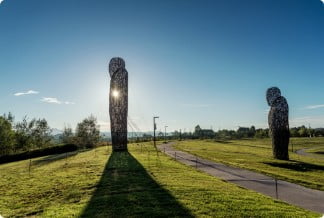 Imjingak Peace Park
Imjingak Peace Park
Located approximately 56 kilometers from Seoul City Hall and 7 kilometers from DMZ, Imjingak is an important part of Korean history. Imjingak Resort has various war-related artifacts as well as spacious Pyeonghwa Nuri Park. The resort preserves the Freedom Bridge and Imjingang rail bridge from the Korean War to remind people of the past, along with a Memorial Hall, memorial monuments and recreational areas.
-
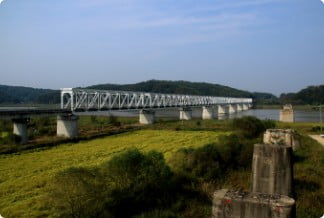 Freedom Bridge
Freedom Bridge
Freedom Bridge is famous for being the location where people from North Korea came to visit and perform ancestral rites by bowing toward their hometown every New Year's Day and Chuseok. South Koreans crossed The Bridge of the Freedom when they came back to their mother country from North Korea. This bridge stands behind Mangbaedan.
-
 The 3rd Infiltration Tunnel
The 3rd Infiltration Tunnel
The 3rd Tunnel was discovered by South Korea in 1978. It spans over 1,635m in length, 2m in width, and 2m in height and is located 52km from Seoul. It is estimated that approximately 30,000 soldiers could move through the tunnel per hour. The scale is similar to the 2nd Tunnel, but it was thought to be more threatening as an invasion tool than the 1st and 2nd Tunnels. Located only 4km away from Imjingak toward the southwest and 3.5km from the Tongilchon area, it is accessible by car in approximately 45 min from Seoul.
-
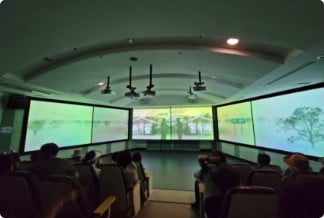 DMZ theater & exhibition hall
DMZ theater & exhibition hall
DMZ Showroom displays leaflets used during the 6.25 Korean Civil War, military letters, bayonets, empty cartridges, pottery found in DMZ, taxidermied birds and etc. DMZ Video Room features three-dimensional moving pictures. By watching them, you can easily understand how Korea got divided.
-
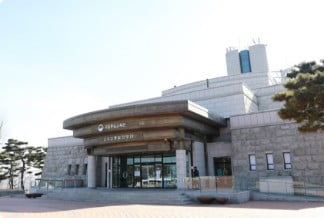 Dora Observatory
Dora Observatory
Situated in Paju-si, Gyeonggi-do and at the northernmost point of the Military Demarcation Line, Dora Observatory replaced the previous Songaksan Observation Post. From the observatory, visitors can overlook North Korea, including Gaeseong, Songaksan, Kim Il-Sung Statue, and Cooperation Farm (Geumamgol). The observatory has 500 spectator seats, a VIP room, and a large parking area. It was first opened to the public in January 1987.
-
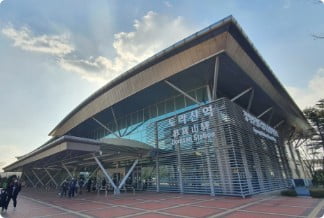 Dorasan Station
Dorasan Station
Dorasan Station, a railway station on the Gyeongui Line, is the northernmost stop on South Korea's railway line. Located 55.8 kilometers from Seoul and 205 kilometers from Pyeongyang, the station was opened as a tourist attraction on April 4, 2002 right before the 2002 Korea-Japan World Cup.To reach Dorasan Station, visitors can take the DMZ train on Gyeongui Line from Seoul Station or Munsan Station. As this area is located within the Civilian Control Line, visitors and tourists will only be granted access after going through an identification check at Imjingang Station.
 D + 1165
Coex, Seoul, Korea
D + 1165
Coex, Seoul, Korea
 D + 1165
Coex, Seoul, Korea
D + 1165
Coex, Seoul, Korea
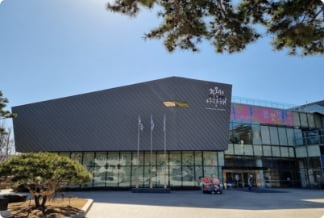 Cheongwadae Sarangchae
Cheongwadae Sarangchae
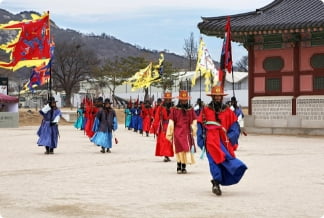 The Guard Changing Ceremony
The Guard Changing Ceremony
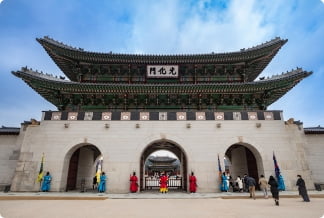 Gyeongbokgung Palace
Gyeongbokgung Palace
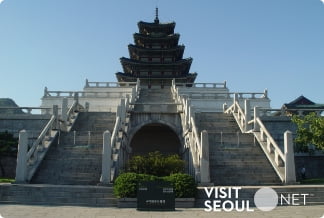 National Folk Museum of Korea
National Folk Museum of Korea
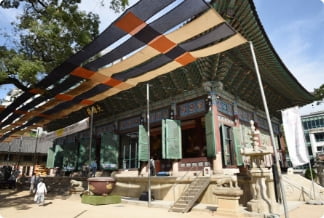 Jogyesa Temple
Jogyesa Temple
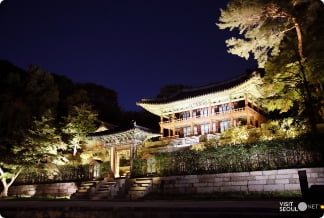 Changduckgung Palace
Changduckgung Palace
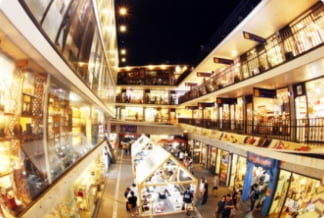 Insadong
Insadong
 Namdaemun Traditional Market
Namdaemun Traditional Market
 Odusan Unification Tower
Odusan Unification Tower
 Imjingak Peace Park
Imjingak Peace Park
 Freedom Bridge
Freedom Bridge
 The 3rd Infiltration Tunnel
The 3rd Infiltration Tunnel
 DMZ theater & exhibition hall
DMZ theater & exhibition hall
 Dora Observatory
Dora Observatory
 Dorasan Station
Dorasan Station
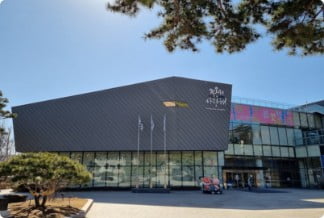 Cheongwadae Sarangchae
Cheongwadae Sarangchae
 The Guard Changing Ceremony
The Guard Changing Ceremony
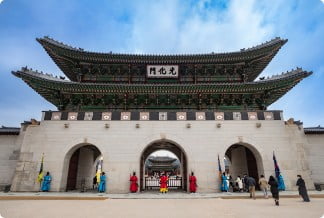 Gyeongbokgung Palace
Gyeongbokgung Palace
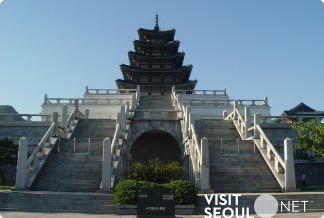 National Folk Museum of Korea
National Folk Museum of Korea
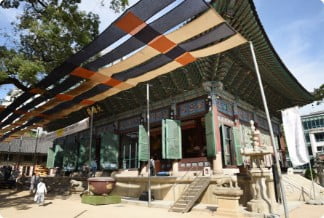 Jogyesa Temple
Jogyesa Temple
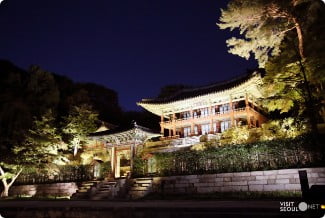 Changduckgung Palace
Changduckgung Palace
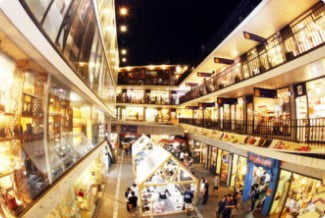 Insadong
Insadong
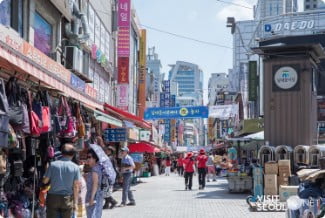 Namdaemun Traditional Market
Namdaemun Traditional Market
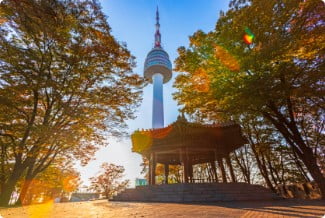 Seoul Tower
Seoul Tower
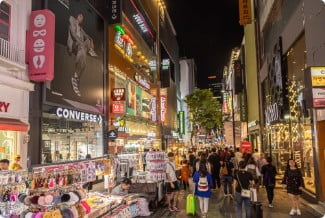 Myeongdong
Myeongdong
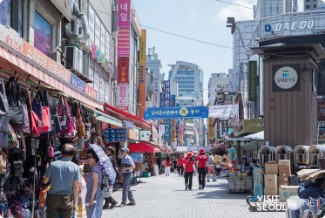 Namdaemun Traditional Market
Namdaemun Traditional Market

